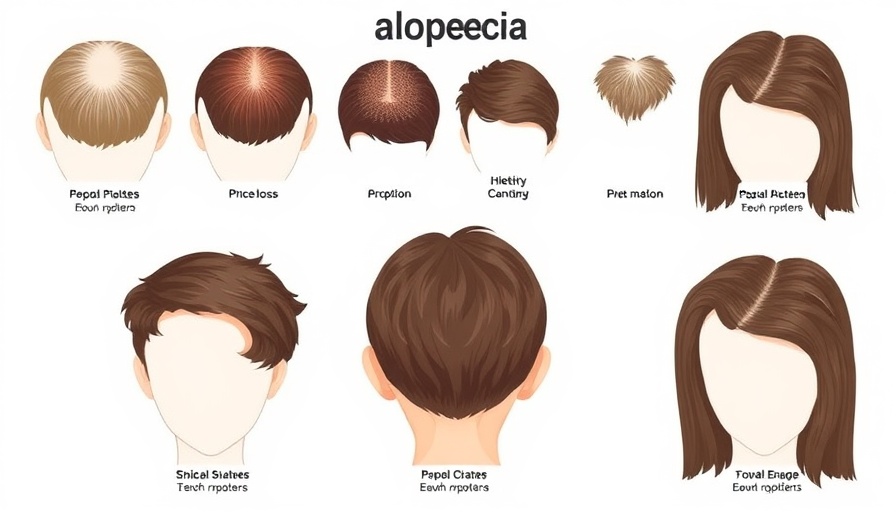
Unpacking the Increasing Burden of Knee Pain
Knee pain, often dismissed as a natural part of aging or an inevitable consequence of an active lifestyle, affects millions of Americans daily. This prevalent issue not only limits mobility but also severely impacts quality of life. As Dr. Joseph Costello of Concierge Laser Medicine says, "Knee pain can stem from various sources, but abnormal biomechanics is often the most significant culprit." Many conditions can manifest as knee pain, exhibiting signs of wear and tear, with each year bringing new challenges to those affected.
The Cycle of Traditional Treatments
Many individuals suffering from knee pain typically experience a straightforward treatment path: starting from cortisone injections, physicians may recommend arthroscopic surgery as a treatment option without fully addressing the problem at its core. As Dr. Costello notes, such surgical interventions can often lead to further breakdown and create a cycle that results in even more invasive measures down the road. Although treatments such as hyaluronic acid or platelet-rich plasma (PRP) injections are less invasive, they still involve significant medical procedures and may not always yield the desired effects.
Understanding Advanced Laser Therapy
Enter Stealth laser therapy—a groundbreaking alternative that shakes up the traditional paradigm of treating knee pain. Utilized as a means to stimulate healing at the cellular level, this innovative therapy promotes long-term recovery without the need for invasive procedures. The process employs superpulsed laser photonic stimulation to reach into the knee joint and foster healing from within.
Remarkable Benefits of Laser Treatment
Dr. Costello emphasizes that laser therapy transcends mere pain relief. It tackles the underlying issues faced by the knee joint: by enhancing synovial fluid production, it provides lubrication and maintains knee health. Additionally, healing capacity for cartilage and meniscus improves, while facilitating cellular repair of damaged tissues through increased ATP production. Through this revolutionary method, inflammation is reduced, and microcirculation is enhanced, expediting healing processes—a remarkable feat compared to traditional steroidal treatments.
Why This Matters to You
Many patients may remain unaware of how prevalent knee pain affects their lives. Those in active communities, particularly in areas like Central Florida, often see this as an impediment to enjoying outdoor activities—something highly valued in the local lifestyle. By identifying and addressing issues around knee pain, residents can reclaim their quality of life and participate fully in community events.
A Conversation Starter
This advanced therapy invites a broader discussion about the importance of exploring non-surgical options first. Patients often find themselves at a crossroads where they must weigh the risks and benefits of traditional approaches versus innovative alternatives. Exploring solutions like laser therapy highlights a necessary shift in how we handle chronic conditions, especially considering the emotional toll knee pain can take both on the individual and their loved ones.
Looking Ahead: The Future of Knee Pain Treatment
As advancements in medical technology continue to rise, the effectiveness and acceptance of treatments like Stealth laser therapy are likely to grow. Patients will benefit from improved accessibility to treatments that surpass the constraints of conventional methods. This shift not only provides hope for those affected but also marks a transformative moment in pain management practices.
In a world increasingly focused on personal well-being, prioritizing innovative and less invasive approaches amplifies the potential for long-term health gains. For many, this could be a welcome relief, allowing them to rediscover the joy of an active and vibrant life free from the confines of knee pain.
 Add Row
Add Row 
 Add
Add 


Write A Comment